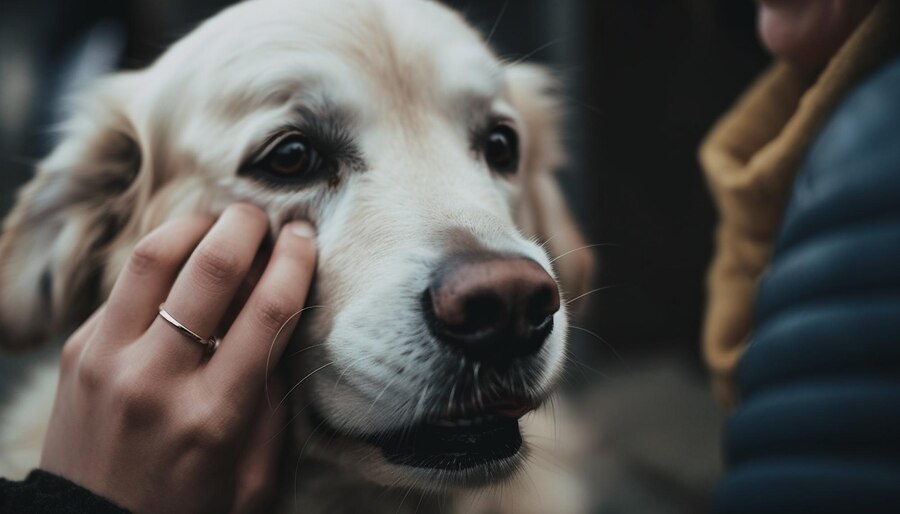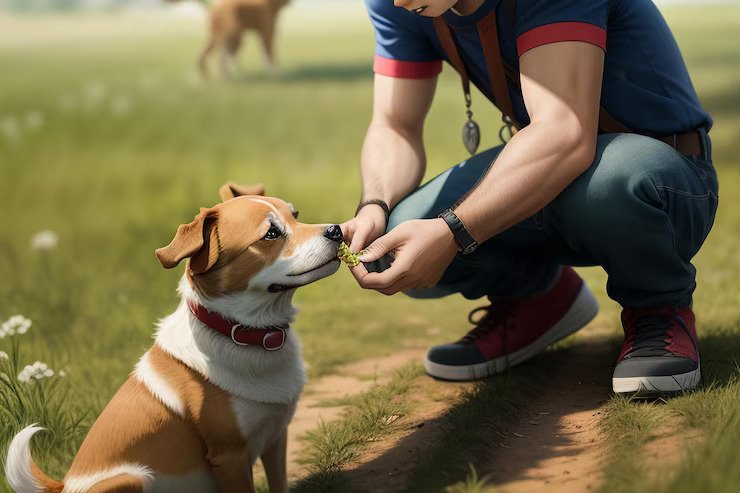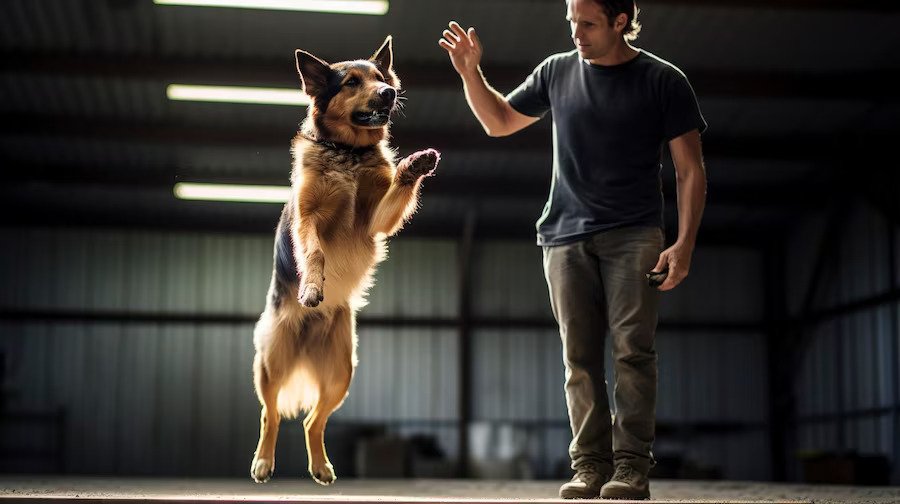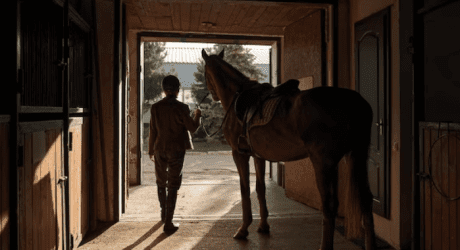Raising a dog is a full-time commitment for pet parents.
It involves a lot, from timely feeding to regular exercise and scheduled vet visits. Training is another key aspect you cannot overlook because it cultivates discipline and develops good habits in a canine. A few hours of training every week is enough to raise an obedient pet, but you have to do it right for the best results.
Research suggests that reward-based methods are more humane and effective than aversive methods. Professional trainers and seasoned dog parents recommend positive reinforcement to train dogs effectively. The technique entails rewarding your pet with treats, praise, or toys to get desired behaviors and build them as habits in the long haul.
Positive reinforcement is more than tossing a treat every time your canine buddy behaves well and obeys you during the training sessions. Here are a few steps to get the best results with this winning technique:
Choose High-Value Rewards
High-value rewards are the mainstay of positive reinforcement training. Choose something that motivates your dog enough to work hard. Praise is good enough for some pets, while others need treats and toys to maintain good behavior. Experiment with different ideas to find what entices your furry friend the most.
Be careful with treats because too many of them can cause unhealthy weight gain. Breeds like pit bulls are prone to weight gain, so overfeeding them can do more harm than good. Likewise, the merle pit breed has specific health issues that may be aggravated by feeding too many treats. The last thing you want is an overweight or sick pet due to going over the top with treats.
New Pitbull notes that the right training influences the behavior of dogs, even if they are inherently aggressive or stubborn. Owners and trainers need to pick rewards wisely to get them to listen to and obey commands.
Timing Is Crucial

Besides choosing the apt reward, timing it perfectly maximizes the outcome of reinforcement training. Your pet will associate a prize with the proper action only if it comes immediately. Correct timing is the key to conditioning the animal to get the link right from the outset.
For example, you should give it a treat within seconds of obeying a command. If you want to encourage the dog to sit, don’t wait to acknowledge the action until it stands back up. You want your pet to know what it is being rewarded for to get the same results the next time.
Maintain Consistency
Since dogs are creatures of habit, the best way to train them is with practice and repetition. The same applies to reinforcement behavior. Everyone in the family should stick with the same cues and rewards. Discuss it with your professional trainer to ensure they follow the same pattern. You can even create a common checklist for everyone to follow during daily training sessions.
Using different ways to reinforce good behavior may confuse your canine companion. Conversely, consistency breeds comfort and gets the best results with dog training. Besides being consistent with cues and rewards, get the timing right as well.
Create A Positive Training Environment
A positive environment is perhaps the most significant part of reinforcement training. Even the best rewards won’t motivate your canine companion unless it is comfortable and happy during the training sessions. You need to ensure comfort and safety before you hit the ground running.
Start by choosing a distraction-free space and focus on bonding with your pet instead of being a commanding master. Your tone and body language can make a difference. Training shouldn’t happen right after a meal because a hungry dog will likely work harder for treats. Remember to let the dog take a pee break or get rest if it looks tired or dehydrated.
Practice Patience

While reinforcement training is an effective technique, it may not always deliver to your expectations. You may feel frustrated and disappointed if your dog disobeys a command despite showering it with praise and treats. The last thing you should do is show your frustration or disappointment because dogs are great at reading body language.
Take a deep breath and get some space with time off. Maybe, your dog needs a break as much as you do. At such times, breaks can serve as positive reinforcement. Start again on a good note and make the session fun for your pet.
The Bottom Line
Over the years, pet parents have learned the significance of positive reinforcement in dog training. The old obedience-driven model has given way to a relationship-based approach. With science backing the new approach, owners have a valid reason to adopt it. The best part is that you can trust the method to nurture good behavior and raise a happy pet.
Read Also:
- 10 Tips To Choose The Perfect Dog For Your Kids
- Learn To Speak Dog: 5 Types Of Dog Barks And Their Meanings
- Things To Do Immediately After A Dog Bite Or An Animal Attack




























